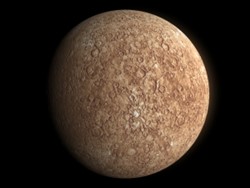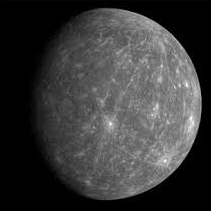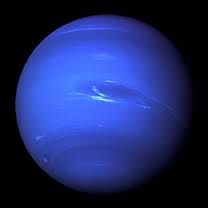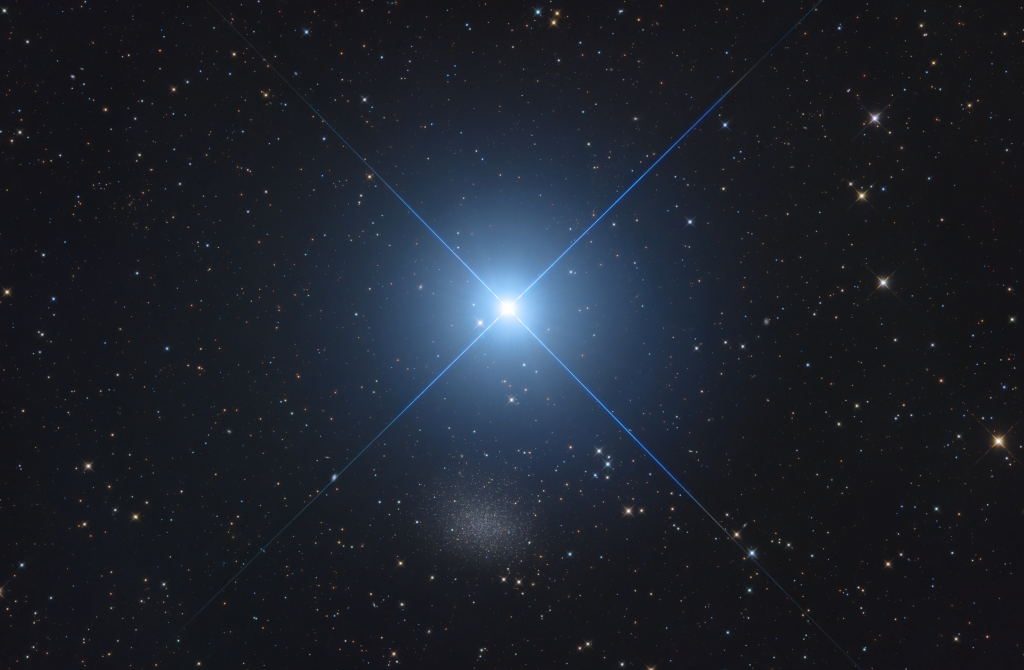
The mystery particle (red X) manages to travel a bit from the site of the collision before starting a decay chain. Fermilab
The particles known as quarks were suggested as a way of making sense of a large collection of particles that kept popping out of our atom smashers. While some particles, like electrons and neutrinos, are fundamental, others are composed of two or three quarks and a few gluons to hold them together. The familiar proton and neutron, for example, are composed of collections of three quarks.
But as far as we knew, three has been the upper limit for quarks in a single particle, so that’s all our theories bothered to deal with. Over the past several years, however, evidence has been piling up that four- and even five-quark particles can be produced in particle accelerators. That data has led to a little theoretical confusion, as it wasn’t clear whether these were single particles with all those quarks or a composite object composed of a combination of two familiar particles.
Sorgente: Old Tevatron data turns up new four-quark particle | Ars Technica/FermiLab






































